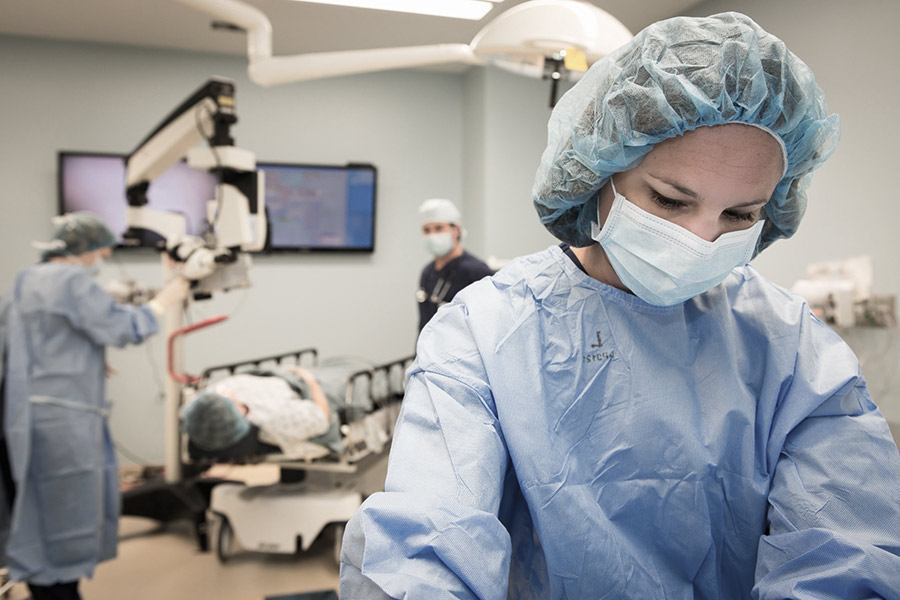A new estimate may convince you to work forever—if you can.
In a perfect world, the largest expenses in retirement would be for fun things like travel and entertainment. In the real world, retiree health-care costs can take an unconscionably big bite out of savings.
A 65-year-old couple retiring this year will need $275,000 to cover health-care costs throughout retirement, Fidelity Investments said in its annual cost estimate, out this morning. That stunning number is about 6 percent higher than it was last year. Costs would be about half that amount for a single person, though women would pay a bit more than men since they live longer.
You might think that number looks high. At 65, you’re eligible for Medicare, after all. But monthly Medicare premiums for Part B (which covers doctor’s visits, surgeries, and more) and Part D (drug coverage) make up 35 percent of Fidelity’s estimate. The other 65 percent is the cost-sharing, in and out of Medicare, in co-payments and deductibles, as well as out-of-pocket payments for prescription drugs.
And that doesn’t include dental care—or nursing-home and long-term care costs.
Retirees can buy supplemental, or Medigap, insurance to cover some of the things Medicare doesn’t, but those premiums would lead back to the same basic estimate, said Adam Stavisky, senior vice president for Fidelity Benefits Consulting.
The 6 percent jump in Fidelity’s estimate mirrors the average annual 5.5 percent inflation rate for medical care that HealthView Services, which makes health-care cost projection software, estimates for the next decade. A recent report from the company drilled into which health-care costs will grow the fastest.
It estimates a long-term inflation rate of 7.2 percent for Medigap premiums and 8 percent for Medicare Part D. For out-of-pocket costs, the company estimates inflation rates of 3.7 percent for prescription drugs, 5 percent in dental, hearing, and vision services, 3 percent for hospitals, and 3.4 percent for doctor’s visits and tests.
Cost-of-living-adjustments on Social Security payments, meanwhile, are expected to grow by 2.6 percent, according to the HealthView Services report.
PLEASE NOTE: The information being provided is strictly as a courtesy. When you access this link you are leaving our website and assume total responsibility for your use of the website you are linking to. We make no representation as to the completeness or accuracy of information provided at this website. Nor is the company liable for any direct or indirect technical or system issues or any consequences arising out of your access to or your use of third-party technologies, websites, information and programs made available through this website.

